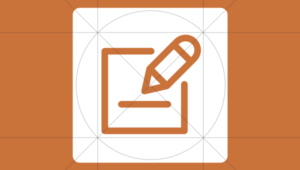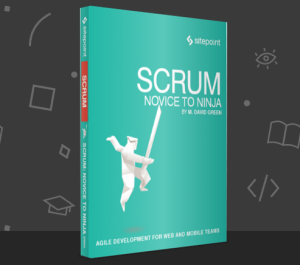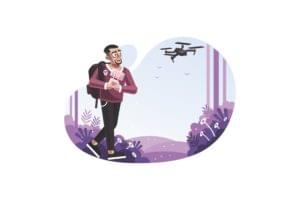- Big Data and IoT
- IoT Security and Protection
- Deploying and Managing IoT Devices
- Powering and Repairing IoT Devices
- Creating IoT Operating Systems and Software
- Developing IoT Hardware
- Making IoT Devices More Precise, Reliable and Reactive
- Allowing IoT Devices to Sense Their Environment
- Understanding IoT Ecosystems


It’s IoT Week at SitePoint! All week we’re publishing articles focused on the intersection of the internet and the physical world, so keep checking the IoT tag for the latest updates.
The Internet of Things is upon us. Devices are becoming much more interconnected — businesses and consumers have access to usable information, anywhere and everywhere. The change is here, and we’re adapting.
There’s lots of excitement around what the IoT can do for consumers. Wearables, health gadgets, smart homes and smart cities are getting all the media attention. They’re bright, flashy, and the public immediately relates to it.
There are certainly lots of opportunities there, but for developers, designers and forward thinkers, there’s another equally fascinating part of the IoT: the ideas, technologies, information and infrastructure behind the whole thing. It’s those innovations that helps us to develop better interconnected systems and empower all of the bright and beautiful consumer-focused IoT applications.
We’re going to dive into the key parts of the IoT infrastructure, getting the opinion of experts, providing a brief overview and then sharing some business ideas and inspiration as a starting point for building an exciting startup.
Big Data and IoT
”Many IT, business intelligence and analytics managers have stopped asking, ‘What is the Internet of Things?’ Instead, they’ve started asking, ‘What is the business value of the data generated by the IoT? And what do we need to do to realize that value?’” – TechTarget
IoT devices are sending and receiving information constantly. This data can be extremely helpful for businesses. Datamining and analyzing all this information can provide very useful insights and allow them to become more efficient. Businesses that can take advantage of this information and make it accessible and relevant will be in high demand.
Ideas and inspiration
- Creating portals, dashboards and interactive reporting for other businesses to track IoT data historically and in real-time.
- Developing smart analytics technology that transforms data into usable, insightful information to drive business decisions.
- Combining IoT data with customer behavior to predict how customers will act in future.
- Individual IoT – personalizing customer experiences according to how they’ve interacted with IoT devices in the past.
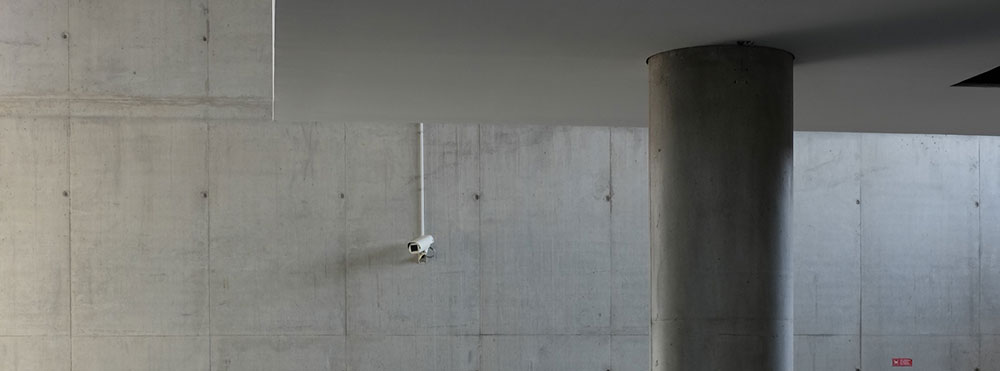
IoT Security and Protection
”Security technologies will be required to protect IoT devices and platforms from both information attacks and physical tampering, to encrypt their communications, and to address new challenges.”- Nick Jones, Gartner.
One of the main areas where we’ll need to see lots of improvement is in securing IoT devices. There are many different systems, protocols and techniques controlling how data flows between IoT devices. This invariably means there are cracks in security, and we need to protect ourselves from malware, hackers and other issues. Security businesses specializing in IoT technology should see rapid growth as more devices come online.
Ideas and inspiration
- A specialist consulting firm providing advice on securing IoT devices.
- Creating new algorithms, encryption and standards to protect IoT data.
- Building devices that alarm consumers and businesses if their IoT devices are being hacked.
- Identifying bugs in IoT systems that could be compromised by hackers.
- Creating updatable hardware and software that easily patches IoT devices to deal with vulnerabilities.
Deploying and Managing IoT Devices
”The impact that Internet of Things devices will have on networks is just starting to be felt because although the number of devices has been growing rapidly, they don’t yet stress existing capacity.” – Eric Hanselman, 451 Research
The capacity of our networks and processes will be tested as the IoT grows exponentially. With billions of devices being added every year, capacity and networks need to be carefully managed. At the moment our networks are designed for fewer connections exchanging large amounts of data. Our networks will need to be transformed as the IoT demands many more connections with low data volumes. IoT deployment and network management startups can significantly influence the future direction of the IoT.
Ideas and inspiration
- Smart deployment systems to see where IoT devices are needed (based on measurement/analytics) and deploying IoT devices to the right locations.
- Integrated capacity management consulting to help businesses understand the changes their networks will need to go through.
- Specialist engineers who can provide an end-to-end upgrade of an IoT network to enable better performance.
- Creating more efficient ways to utilize data in IoT devices, lowering bandwidth load.

Powering and Repairing IoT Devices
”IoT devices are supposed to be deployed ‘everywhere’ and to be accessed ‘any time’ from ‘anywhere’… …[This] implies strict requirements for the energy storage and power management of IoT devices to ensure their ‘perpetual’ operation.” – IEEE Internet of Things
Part of the appeal of IoT devices is their size and the ability to install them in any location. Because they’re normally designed to be cable and maintenance free, making sure they have enough power and can keep working is a challenge. Businesses will be looking to specialists to help them keep the lights on and ensure their IoT devices work at maximum efficiency.
Ideas and inspiration
- Providing an operational overview of the “fitness” and “reliability” of IoT devices in real-time.
- Building reliability sensors into IoT devices so they can self-report if they are running low on power or are experiencing an issue.
- Creating technology allowing IoT devices to harvest energy from the environment (e.g. solar power, wireless charging, radiant charging and thermoelectric charging).
- Designing modular IoT technology allowing parts to be swapped in or out easily.
Creating IoT Operating Systems and Software
”Neither traditional operating systems currently running on Internet hosts, nor typical operating systems for sensor networks are capable to fulfill all at once the diverse requirements of such a wide range of [IoT] devices.” – ResearchGate
Traditional operating systems (OS) like Android, iOS and Windows aren’t ideal for IoT devices. Because these devices are designed to perform only a handful of specific tasks, their OS and software often needs to be tailored for each device. The firmware needs to take into account processing capacity, power, communications, sensing and many other requirements. Just as with hardware, there will be plenty of demand for expert software and OS development.
Ideas and inspiration
- Tweaking and creation of IoT operating systems, software and firmware for specific needs.
- Pairing the right IoT software and hardware together, looking at feature needs and hardware footprint.
- Providing troubleshooting services for IoT developers.
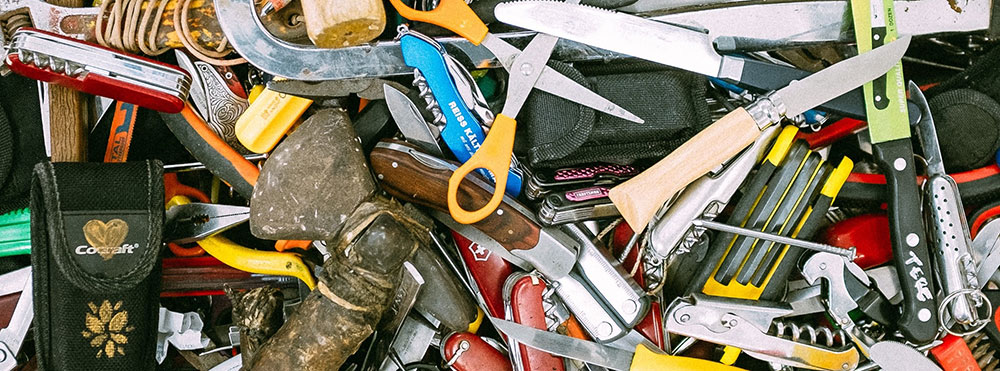
Developing IoT Hardware
”[The] Internet of Things has moved on from high-level hype towards concrete ideas and products, and a growing business developer community is eagerly looking for either suitable hardware for rapid prototyping or devices with which to deploy their ideas.” – Thingsee
There are hundreds of different ways to prototype, test and build IoT hardware. Hardware development for the IoT is still in “Wild West” territory, with every manufacturer using different approaches and technology. IoT devices have very specific technical needs – low power, good encryption, the right firmware, appropriate data exchange and more. Finding a low-cost way to rapidly prototype and build IoT devices will be essential to organizations.
Ideas and inspiration
- A consultancy based on understanding, reviewing and advising on the best types of IoT hardware for a client’s specific needs.
- Creating bespoke IoT hardware for unique applications, environments and industries.
- Building modular IoT designs so different functions can be added or taken away at a lower cost.
- Understanding the exact requirements for an IoT device and rapidly creating prototypes.
- Project managing the end-to-end process of creating IoT hardware.
Making IoT Devices More Precise, Reliable and Reactive
”When dealing with precision machines that can fail if timing is off by a millisecond, adhering to strict requirements becomes pivotal to the health and safety of the machine operators, the machines and the business.” – CIO
IoT devices, especially those in industry, are designed for accurate, high-throughput tasks. It’s essential these devices are extremely reliable, can react in an instant and are precise in what they do. As the IoT becomes more widespread, the quality of these devices needs to improve, as sometimes failure is not an option. A startup built on developing extremely precise, fast-acting IoT devices could see lots of demand from industrial applications.
Ideas and inspiration
- Testing IoT builds and materials for reliability and accuracy.
- Creating ultra-responsive, super-fast software and operating systems.
- Providing engineering and IT expertise on the best ways to deploy IoT devices.
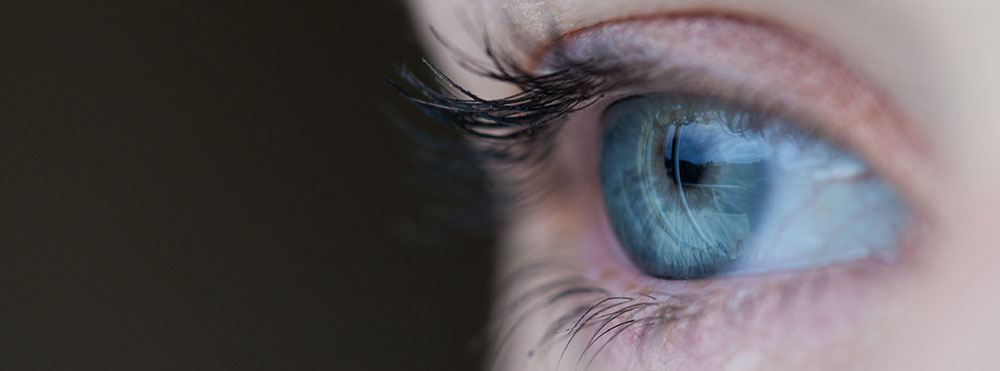
Allowing IoT Devices to Sense Their Environment
”The age of sensor technology is upon us. These days, it’s unusual to experience an electronic consumer product that doesn’t use sensors to create new experiences for its users.” – Mouser Technologies
The main purpose of IoT devices is to sense the world around them, process that data and send it on to other systems for a human or automated response. Because sensors are such an integral part of the IoT, there’s plenty of design and innovation happening, but there’s still a way to go. Building reliable, integrated, sophisticated sensors is one of the most powerful enablers for the whole IoT.
Ideas and inspiration
- Developing sensors that can work in harsh and extreme environments.
- Creating sensors based on many different “senses” – visual, auditory, scent, touch, distance, time, speed, mobility, radio frequencies, light and motion.
- Building specialist sensors for medical, scientific, research and other purposes.
- Increasing the durability of existing sensors.
Understanding IoT Ecosystems
”[IoT] standards and their associated APIs will be essential because IoT devices will need to interoperate and communicate, and many IoT business models will rely on sharing data between multiple devices and organizations.” – Gartner
Because of the sheer range of IoT hardware, software, operating systems and protocols, collections of IoT devices each have their own ecosystem they work in. This means communication outside these closed networks becomes more difficult. Although it’s likely these systems will become more standardized over time, there’s still significant work needed. Any business providing more consistency and open standards for IoT development and deployment will be able to take advantage of this.
Ideas and inspiration
- Creating interfaces allowing different IoT systems to communicate with each other.
- Upgrading IoT systems to be on a common framework, allowing better interoperability.
- Helping businesses understand what their IoT ecosystem means in terms of scalability, reliability, value for money and business results.
There are plenty of opportunities to build great businesses for the IoT infrastructure and ecosystem. These ideas are just seeds – starting points you can use to build on and grow into an influential startup that can help drive our next technological revolution.
Please share your own ideas and experiences about the IoT in the comments.
 Paul Maplesden
Paul MaplesdenPaul Maplesden is a freelance writer specializing in business, finance, and technology. He loves Earl Grey tea, pivot tables, hats, and other fine geekery.


